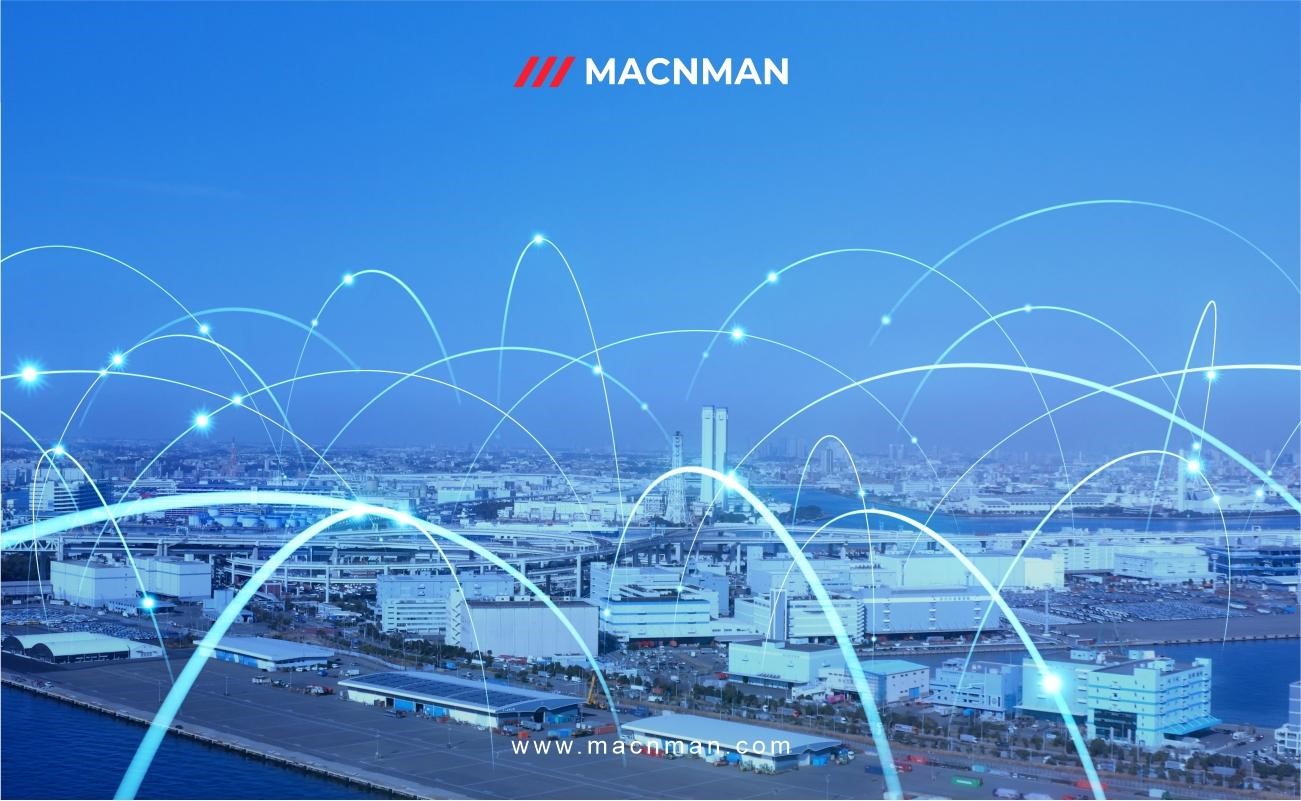
What is Lorawan network and deployment?
In the era of IoT (Internet of Things), LoRaWAN (Long Range Wide Area Network) has emerged as a powerful connectivity solution, enabling the seamless exchange of data over long distances with minimal power consumption. While LoRaWAN holds immense potential for various applications, its deployment comes with its own set of challenges.
In this blog post, we will explore some of the common challenges faced in LoRaWAN deployments and discuss strategies to overcome them.
LoRaWAN networks are structured in a star-of-stars arrangement. A standard LoRaWAN network comprises the following components, as depicted in the diagram illustrating a typical LoRaWAN network architecture: End devices, which are sensors or actuators, transmit wireless messages using LoRa modulation to gateways, or they can also receive wireless messages from the gateways.
Challenges in LoRaWAN Deployments
- Interference and Noise
The unlicensed spectrum used by LoRaWAN is susceptible to interference from other devices and networks. This interference can disrupt communications and impact the reliability of data transmission. - Power Consumption
While LoRaWAN devices are known for their energy efficiency, optimizing power consumption is crucial, especially for battery-operated devices. Balancing the need for frequent data updates with power efficiency is a delicate task. - Security and Privacy
Ensuring the security of data transmitted over LoRaWAN networks is paramount. With a wide range of connected devices, vulnerabilities can be exploited if not adequately protected. Additionally, ensuring user privacy is essential. - Scalability
As IoT deployments grow, managing many devices becomes complex. Scalability challenges can arise in network management, data handling, and maintaining quality of service as the network expands.

Possible ways to overcome:
- Site Survey and Planning
Conduct thorough site surveys to identify potential coverage challenges. Use tools to predict signal propagation and optimize gateway placement for better coverage. - Spectrum Analysis
Regularly monitor the radio spectrum for interference and noise sources. Implement frequency hopping techniques and adjust transmission parameters to mitigate interference. - Optimized Data Flow
Fine-tune the data flow frequency and payload size based on application requirements. Implement adaptive data rate algorithms to balance data update frequency and power consumption. - Robust Encryption and Authentication
Implement strong encryption protocols and authentication mechanisms to safeguard data. Regularly update device firmware to address security vulnerabilities. - Network Management Solutions
Employ scalable network management solutions that can handle the growing number of devices. Use APIs and cloud-based platforms for efficient device provisioning, monitoring, and firmware updates.
Macnman’s Solutions to Overcome the challenges:
The adoption of IoT technologies, driven by the promise of enhanced efficiency and data-driven insights, has led to the rapid growth of LoRaWAN deployments. Macnman’s devices ability to connect remote devices and sensors while conserving energy has found applications in smart cities, Agriculture, logistics, and more. However, our successful LoRaWAN’s deployment requires navigating through certain hurdles.
Macnman LoRaWAN’s sensor and nodes have the potential to revolutionize industries by enabling efficient and low-power communication for IoT devices. However, deploying LoRaWAN networks requires addressing challenges related to coverage, interference, power consumption, security, and scalability. By adopting strategic approaches, such as thorough planning, spectrum analysis, optimized data transmission, robust security measures, and scalable network management, these challenges can be overcome. As the IoT ecosystem continues to evolve, successful our LoRaWAN deployments will play a pivotal role in shaping the connected future we envision.